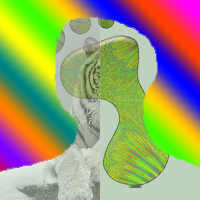Hi, I use the getOneIntersectingObject method to check if my player hits a cloud
If I now have "a" I'd like to compare it, if it's really a cloud..
What do I have to do this or is this comparison not needed
Thanks for help
private Actor a; a= getOneIntersectingObject(cloud.class);





